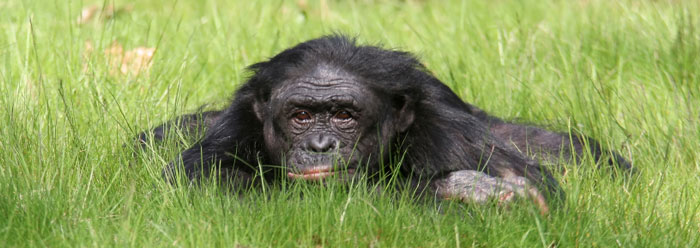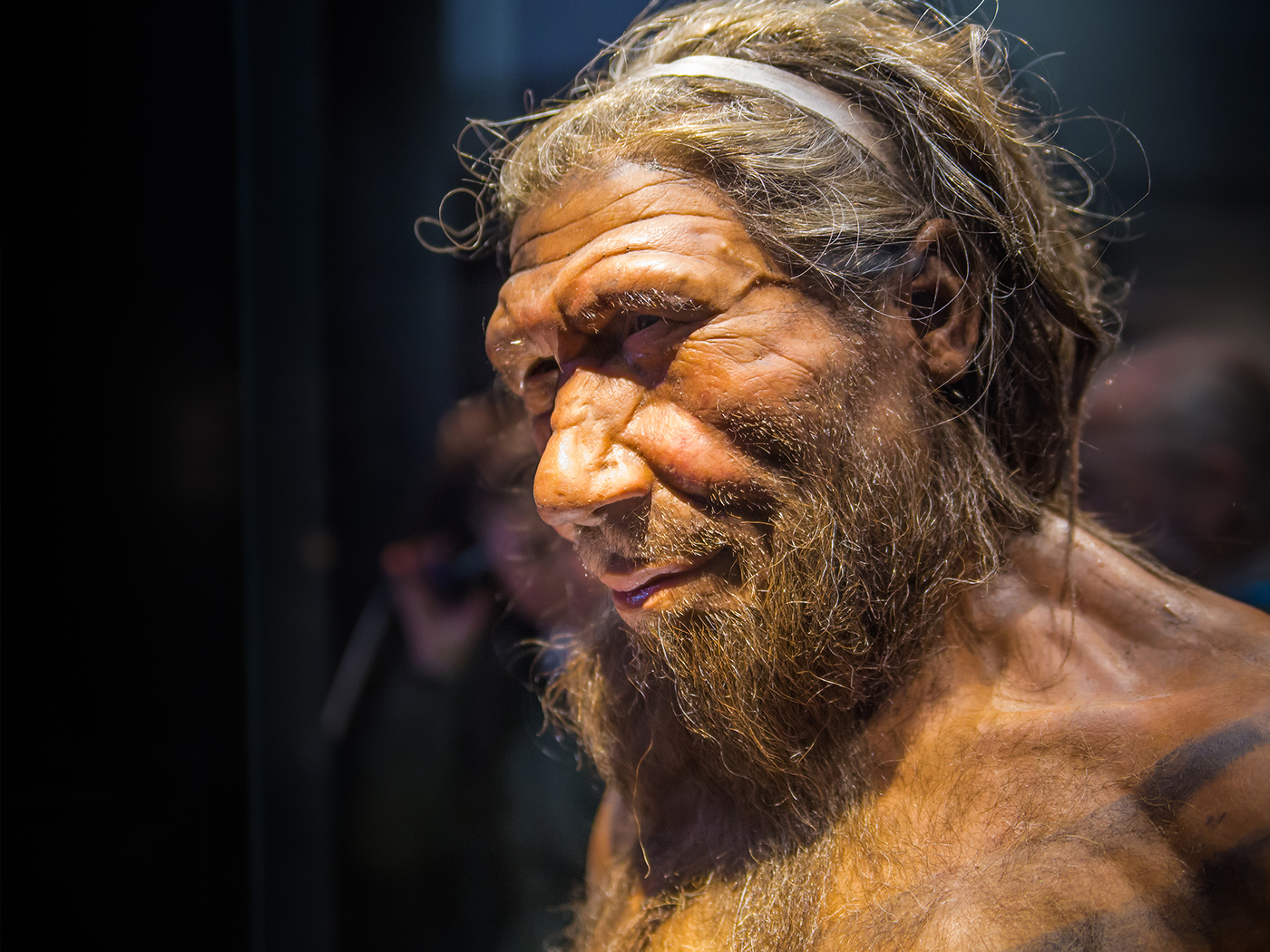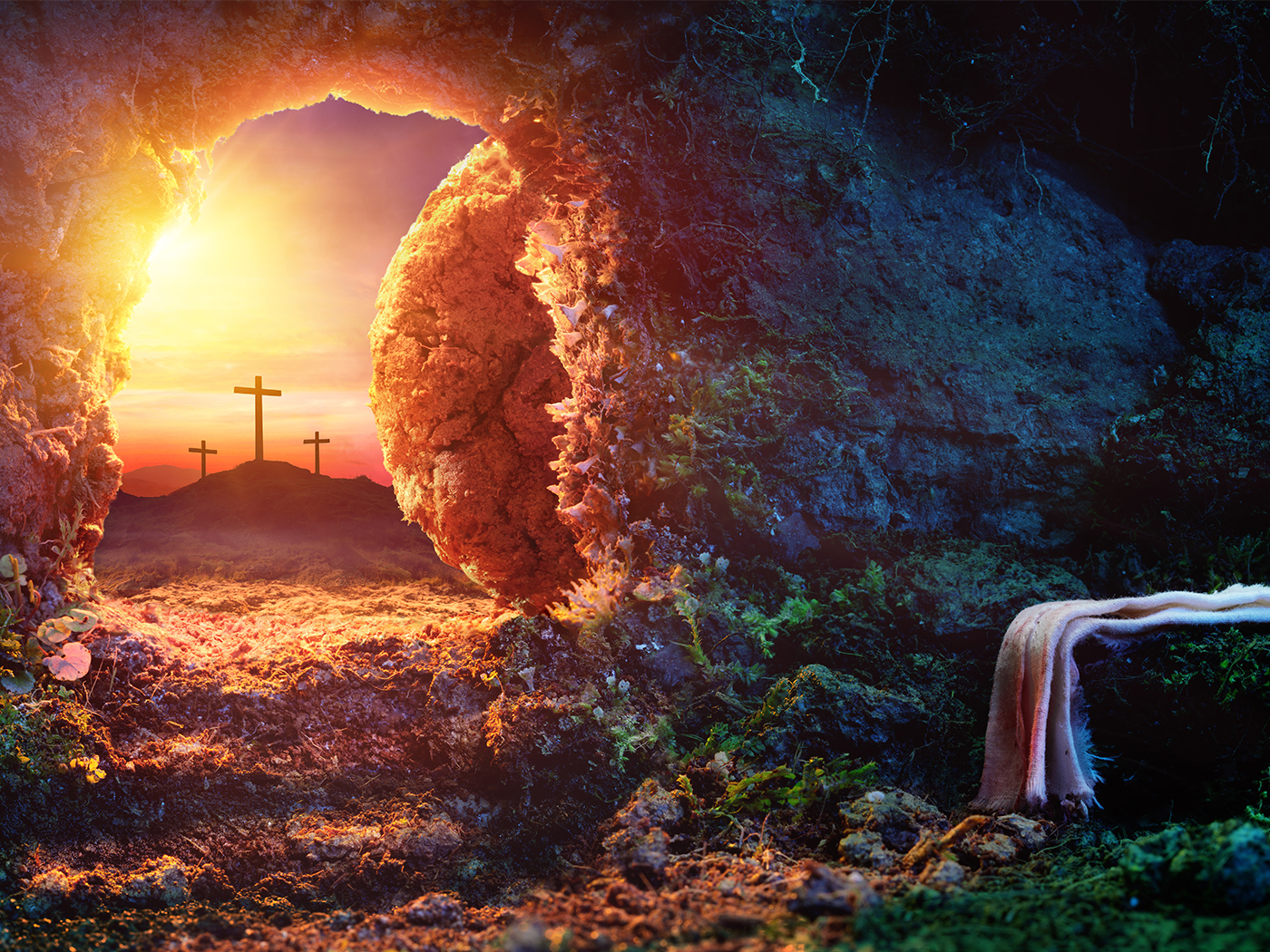The popular press recently announced the completed bonobo genome sequence. Bonobos are close relatives to chimpanzees. Unfortunately, much of the popular reporting misrepresented the data in the original Nature journal paper.1
The bonobo genome was immediately touted to be nearly identical to human in a number of popular articles attempting to describe the research. However, these reports failed to indicate that the high DNA sequence similarity was only observed in selected segments of the genome known to already be highly similar among humans and apes.
Geneticists rejected large portions of the genome to report high levels of DNA similarity. The selected areas of DNA that were compared are called "single copy," meaning they contain higher levels of genes. Only the single copy areas which are similar between chimp, bonobo, and humans are compared—everything else was omitted. How can they honestly say that bonobo and human genomes are so similar, when only the similar portions of those genomes were compared, and the dissimilar portions were ignored?
Unfortunately, the popular press did not highlight the most significant results of the bonobo genome research. The gene sequences that were similar between humans and apes showed significant levels of a phenomenon called incomplete lineage sorting (ILS). This means that the gene sequences did not consistently match up with the predicted evolutionary tree.
In evolutionary dogma, bonobo is thought to be a more distant ancestor from humans than chimps. But of the bonobo genes that were found to be similar to human and chimp, 25 percent produced discordant evolutionary trees. Significant numbers of bonobo genes were more similar to human than chimp and vice versa.
The same evolution-negating anomaly of ILS characterized the recent gorilla genome sequence. ICR news reported that the gorilla genome provides "no clear path of common ancestry between humans and various primates."2 In other words, neither the gorilla nor bonobo genome sequences show evolutionary relationships. Instead, they each appear to have been uniquely created.
Human and ape genomes are not nearly as identical as commonly reported. A recent genome-wide DNA comparison showed that the human and chimpanzee genomes are considerably less identical than commonly claimed.3
Another recent research report evaluated most of the key human-chimp DNA comparison studies of the past decade. This study showed that evolution favorable levels of high DNA sequence similarity are achieved by omitting large amounts of non-similar data.4
The evolutionary paradigm of common descent between humans and apes continues to be invalidated with each new release of an ape genome sequence, despite the claims of the popular media. The present culture could surely benefit from considering the well-supported contention that humans and ape kinds were uniquely created.
References
- Prüfer, K. The bonobo genome compared with the chimpanzee and human genomes. Nature. Posted on nature.com June 13, 2012.
- Tomkins, J. 2012. Gorilla Genome Is Bad News for Evolution. ICR News. Posted on icr.org March 9.
- Tomkins, J. 2011. Genome-Wide DNA Alignment Similarity (Identity) for 40,000 Chimpanzee DNA Sequences Queried against the Human Genome is 86-89%. Answers Research Journal. 4:233-241.
- Tomkins, J. and J. Bergman. 2012. Genomic monkey business—estimates of nearly identical human-chimp DNA similarity re-evaluated using omitted data. Journal of Creation. 26:94-100.
* Dr. Tomkins is Research Associate at the Institute for Creation Research and received his Ph.D. in Genetics from Clemson University.
Article posted on June 29, 2012.





















